- 1711 views
- 0 comments
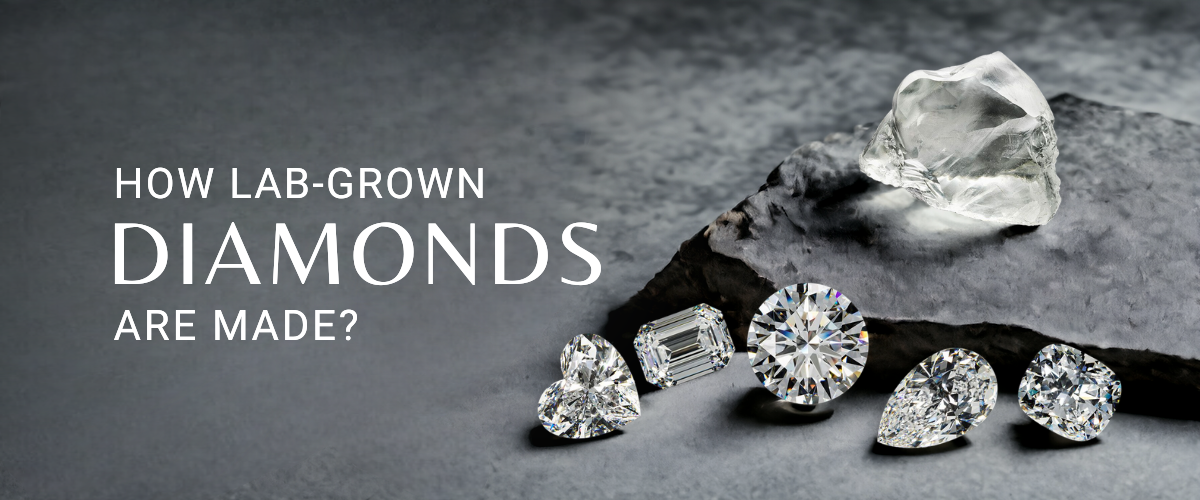
Have you ever heard about lab-grown diamonds? They shine, glitter, and enchant just like real diamonds, with the same physical and chemical properties. But unlike the gems mined from Earth's depths, these are made in labs. Dive in as we take you behind the scenes of how these mesmerizing lab-created diamonds are made.
WHAT ARE LAB-GROWN DIAMONDS?
Lab-grown diamonds are created in a laboratory rather than being formed naturally over millions of years in the Earth's crust. But don't let the term "lab-grown" fool you – these diamonds are just as real as natural diamonds. They have the same chemical composition, crystal structure, and physical properties as natural diamonds. Lab-grown diamonds offer a more sustainable and ethical alternative for those who are concerned about these issues. In addition to their ethical appeal, lab-grown diamonds also offer cost savings compared to natural diamonds. But with many similarities, there are so many differences between natural and lab-grown diamonds.
So, whether you're interested in supporting ethical and sustainable practices or simply looking for a more affordable diamond option, lab-grown diamonds are worth considering. They offer all the beauty and brilliance of natural diamonds but with a more modern and responsible twist.
Let's begin to understand how diamonds are created in a lab:-
• THE BEGINNINGS: DIAMOND SEED
Lab-grown diamonds start their journey as tiny diamond seeds, also known as carbon seeds. These seeds are usually small fragments of a natural diamond. They serve as the starting point for the growth of lab-grown diamonds.
To begin the process, the diamond seed is placed in a chamber where it is exposed to extreme heat and pressure. This mimics the natural conditions under which diamonds are formed deep within the Earth's crust.
• THE TWO MAIN METHODS OF CREATING LAB-GROWN DIAMONDS
Lab-grown diamonds are created using two main methods: chemical vapor deposition (CVD) and high-pressure, high-temperature (HPHT) processes. Both methods involve simulating the natural conditions under which diamonds are formed, but they differ in the way the carbon atoms are deposited onto the diamond seed.
In the CVD method, a diamond seed is placed in a chamber and exposed to a carbon-rich gas, such as methane. The gas is heated to a high temperature, causing the carbon atoms to break apart and form a plasma. This plasma contains carbon atoms, which are then deposited onto the diamond seed, layer by layer, to create a larger diamond crystal. This process is slower and requires precise control of temperature and gas composition.
On the other hand, the HPHT method involves placing the diamond seed in a chamber where extreme heat and pressure are applied. This causes the carbon atoms in the seed to rearrange and form a larger diamond crystal. The process is faster compared to CVD, but it requires higher temperatures and pressures.
Both methods have their advantages and limitations.
• CVD allows for greater control over the diamond's growth and can produce diamonds with specific properties, such as color or clarity.
• HPHT, on the other hand, can create diamonds more quickly and at a lower cost.
However, it may be more challenging to control the final properties of the diamond using this method. Overall, these two methods provide the foundation for creating lab-grown diamonds, offering a sustainable and ethical alternative to mined diamonds.
• THE GROWTH PROCESS
Once the diamond seed has been placed in the chamber and the carbon atoms begin to deposit layer by layer, the growth process of lab-grown diamonds begins. This process requires time, precision, and careful monitoring to ensure the diamond develops into its desired size and quality. Throughout the growth process, the temperature, pressure, and gas composition are closely monitored and adjusted accordingly. These factors play a crucial role in the formation of the diamond, as they mimic the natural conditions under which diamonds are created deep within the Earth. Once the diamond has reached its desired size, it is carefully removed from the chamber.
• THE CUTTING AND POLISHING
After the lab-grown diamond has been carefully removed from the growth chamber, it's time for the cutting and polishing process. Skilled diamond cutters take over and work their magic to enhance the diamond's sparkle and brilliance. The rough lab-grown diamond is carefully analyzed to determine the best way to cut it. The diamond cutter considers various factors, such as the shape and size of the rough diamond, as well as the desired design. With precision and expertise, the diamond cutter begins shaping the rough diamond into its final form. Using specialized tools and techniques, the cutter carefully cuts the rough diamond into the desired shape, whether it's a classic round brilliant, a princess cut, or any other popular diamond cut. This requires skill and attention to detail to ensure that the proportions and symmetry of the diamond are perfect.
Once the diamond is cut, it is time for the polishing process. The diamond cutter uses a series of progressively finer abrasives to remove any imperfections and create a smooth, glossy surface. This step brings out the diamond's natural luster and maximizes its ability to reflect light, resulting in a stunning, eye-catching stone. Throughout the cutting and polishing process, the diamond cutter pays close attention to the diamond's proportions, symmetry, and overall quality. Every facet is carefully crafted to optimize the diamond's brilliance, fire, and scintillation. The goal is to create a diamond that is as visually striking as possible. The cutting and polishing process is a blend of artistry and science. It requires not only technical skill but also an artistic eye to bring out the best in each diamond. The result is a lab-grown diamond that is not only sustainable and ethically sourced but also boasts exceptional beauty and quality.
• THE QUALITY ASSESSMENT
Once lab-made diamonds are shaped and polished, they go through a quality check. Experts inspect the 4cs of diamonds (color, clarity, carat weight, and cut), which all affect their value. Diamonds are graded for color from D (colorless) to Z (light yellow or brown), with colorless being the most valuable. Clarity is about how flawless the diamond is - any small imperfections can lower its sparkle. Carat weight is the diamond's size, with larger diamonds being more valuable. The cut affects how the diamond catches the light and the better the cut, the more it sparkles. Experts make sure these lab-grown diamonds are top quality for customers.
PICK THE PERFECT RING FROM OUR COLLECTIONS
If you're in the market to buy lab-grown diamond rings or natural diamond rings, look no further than Mudrika! At Mudrika, we offer a wide range of stunning diamond rings that are ethically sourced and crafted with care. Whether you prefer the unique beauty of lab-grown diamonds or the timeless elegance of natural diamonds, we have options to suit every style and budget. Our expert team is dedicated to helping you find the perfect ring that reflects your individuality and love. So why wait? Browse Mudrika.com today and discover the diamond ring of your dreams.
Shop Lab Grown Diamond Rings
Read More

HOW RINGS ARE MADE?
Ever wondered how rings are made? Look no further! In this blog, we will take you on a journey through the step-by-step manufacturing process of rings. From the initial design to the final polishing, you will learn about the careful craftsmanship and attention to detail that goes into every ring. With our expert techniques and high-quality materials, we guarantee that our rings are not only stunning but also durable and long-lasting. So why settle for a mass-produced, generic ring when you can have one that is uniquely crafted just for you? Keep reading to discover the magic behind how rings are made and be ready to be amazed!
Read more
10 TIPS FOR BUYING AN ENGAGEMENT RING
Buying an engagement ring can be a daunting task, but don't worry, we've got you covered. In this blog, we'll be sharing our top 10 tips for buying an engagement ring that will help you make the perfect choice for your partner. From budgeting to finding the perfect style, we'll cover everything you need to know to make this special purchase a memorable one. So, let's dive in and get you one step closer to happily ever after!
Read more
HOW LAB-GROWN DIAMONDS ARE MADE?
Have you ever heard about lab-grown diamonds? They shine, glitter, and enchant just like real diamonds, with the same physical and chemical properties. But unlike the gems mined from Earth's depths, these are made in labs. Dive in as we take you behind the scenes of how these mesmerizing lab-created diamonds are made.
Read more
WHAT ARE LAB-GROWN DIAMONDS?
Hey there! Have you ever heard of lab-grown diamonds? If not, don't worry, you're not alone. These man-made diamonds have been gaining popularity in the jewelry industry in recent years. But what exactly are they and how do they differ from natural diamonds? Well, that's what we're here to talk about in this blog post. We'll break down the basics of lab-grown diamonds so you can become a diamond expert in no time. So, let's dive in and discover what makes these diamonds so unique and why they're becoming a popular choice for many.
Read more
LAB GROWN VS NATURAL DIAMONDS
Hey there, diamond lovers! Are you curious about the differences between lab-grown and natural diamonds? Well, you've come to the right place. In this blog post, we'll be diving into the world of diamonds and exploring the pros and cons of each type. With advancements in technology, lab-grown diamonds have become a popular alternative to natural diamonds. But what sets them apart? Join us as we uncover the truth about lab-grown vs. natural diamonds and help you make an informed decision for your next diamond purchase.
Read more
WHAT ARE THE 4CS OF DIAMONDS?
Hey there, diamond lovers! Have you ever heard of the 4cs of diamonds? If you're in the market for a diamond or just curious about the world of sparkling gemstones, then this blog post is for you. The 4cs are the universal standard for evaluating the quality and value of a diamond, and understanding them can help you make an informed decision when purchasing one. So, let's dive into the 4cs and discover what makes a diamond truly special and valuable. Get ready to be dazzled!
Read more
HOW TO MEASURE YOUR RING SIZE
Are you planning to buy a new ring but not sure about your ring size? Or have you ever received a ring as a gift that didn't fit your finger? Don't worry, you're not alone. Many people struggle with finding the perfect ring size, and it can be frustrating when the ring you love doesn't fit you properly. But the good news is that measuring your ring size is a simple process that you can do at home. In this blog post, we will guide you through the steps of how to measure your ring size accurately. So, let's get started and make sure your next ring fits you perfectly!
Read more

.png)
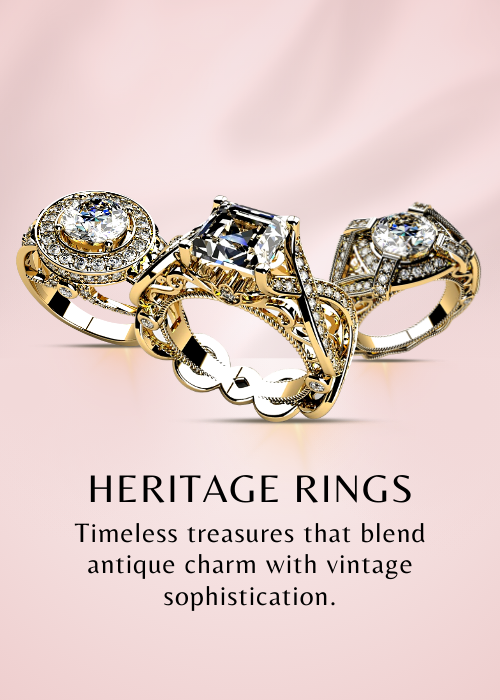
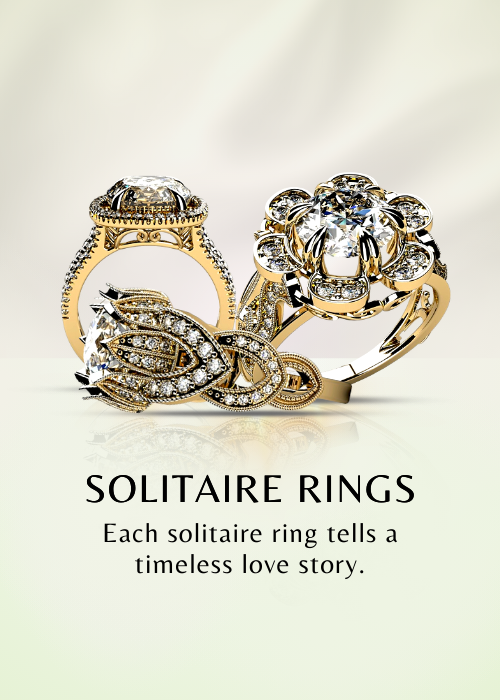
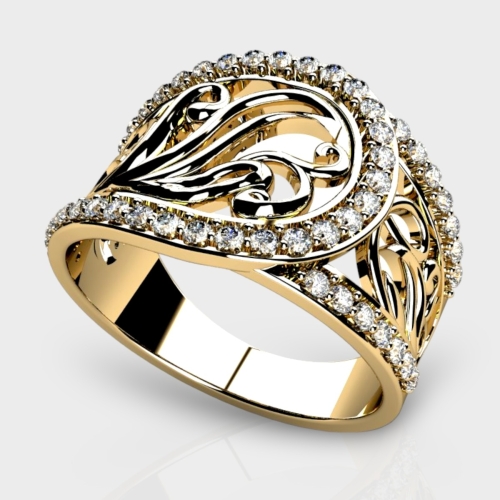

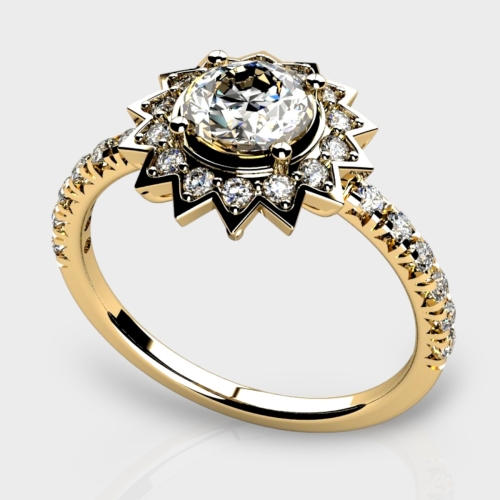

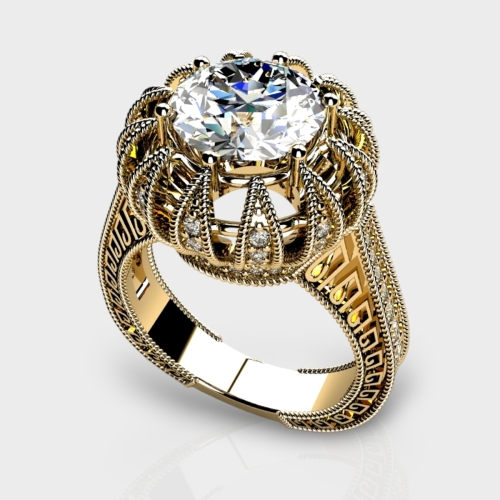

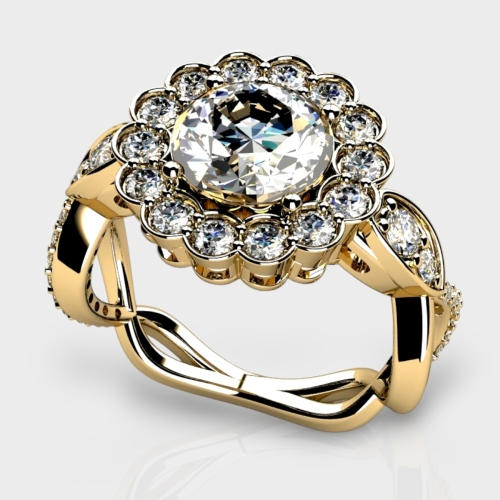



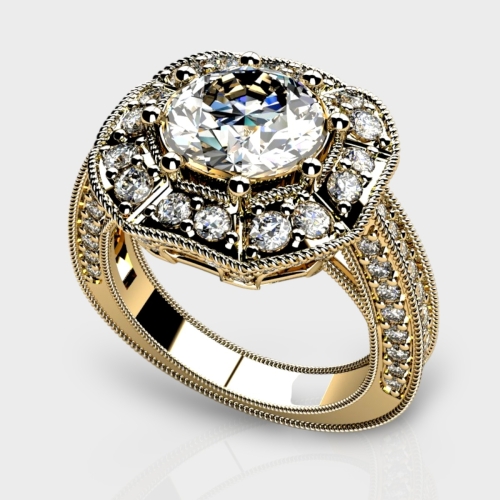

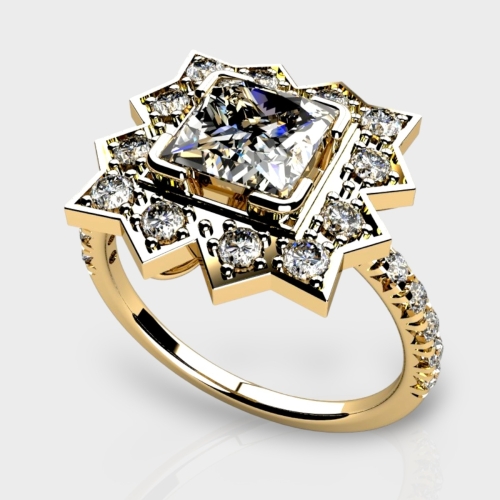

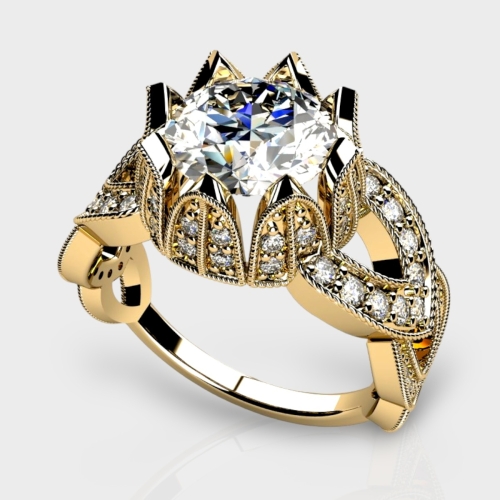

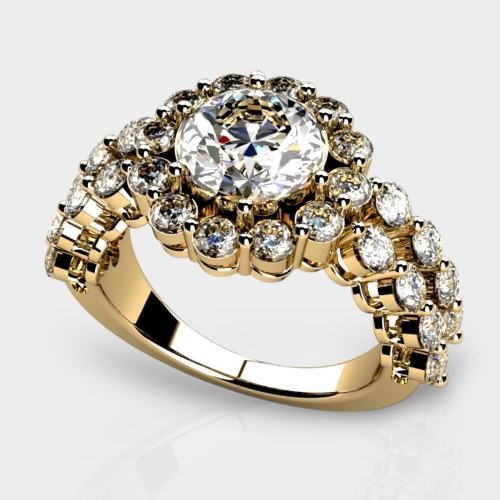

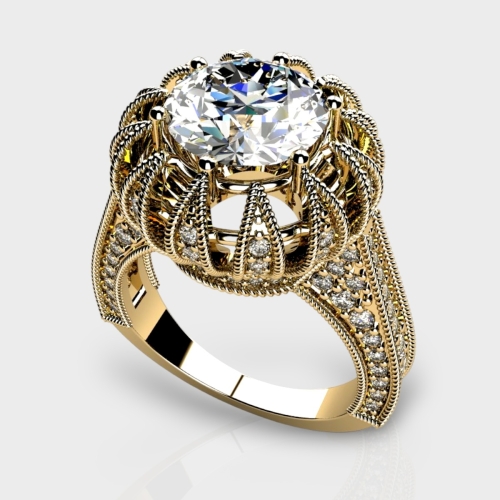

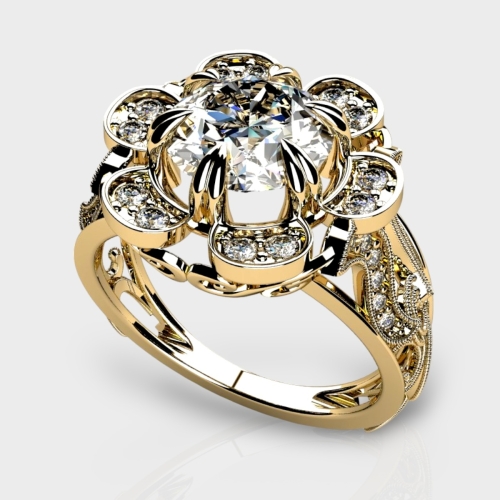

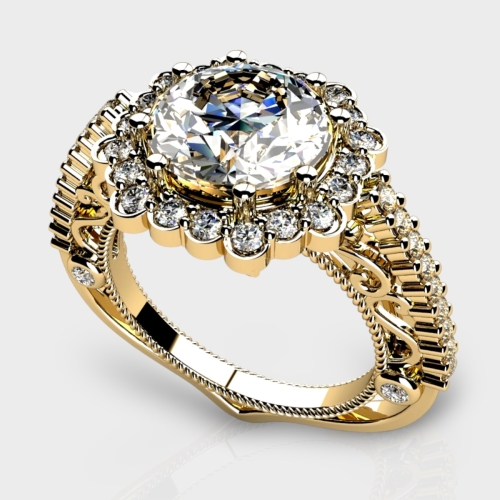

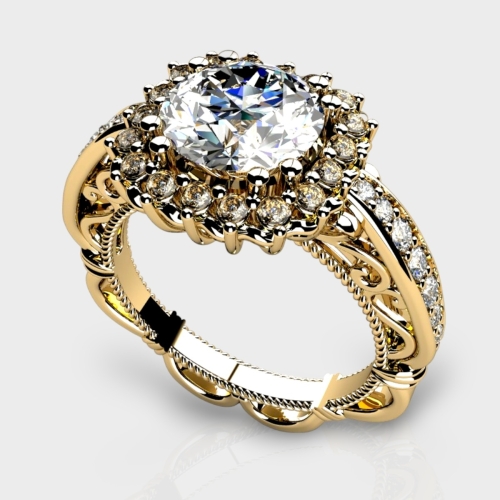

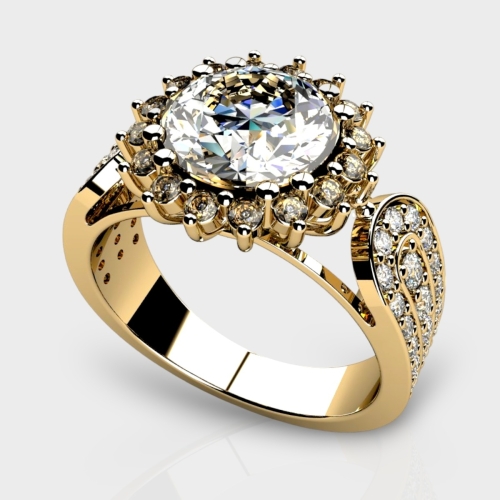



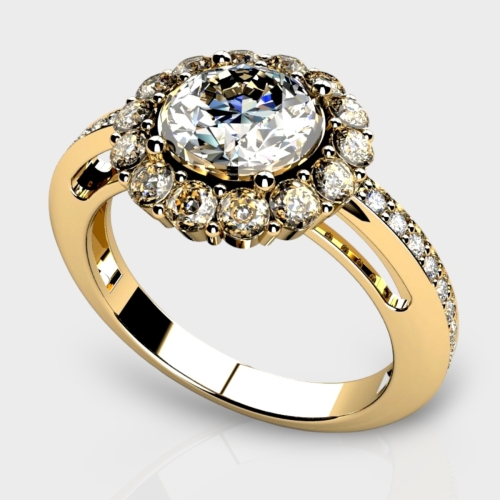

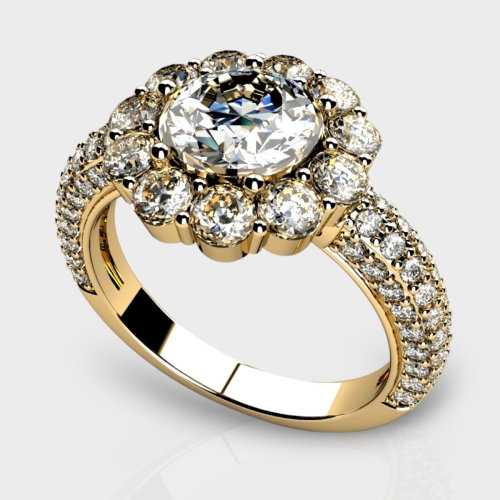

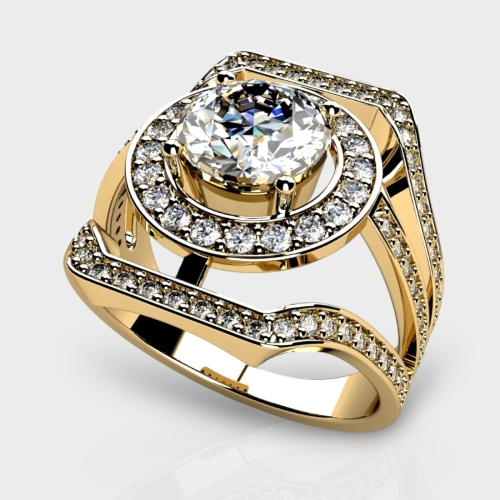

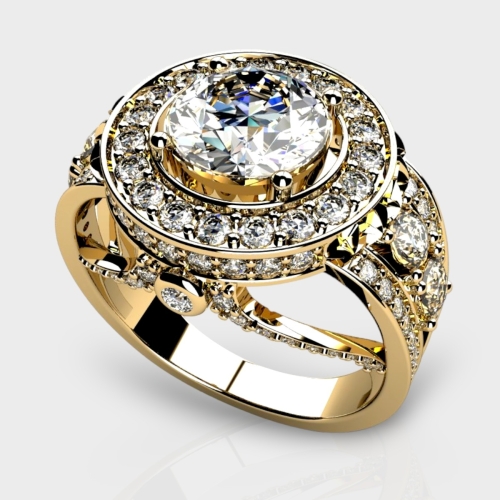



Comments (0)